Unveiling the Wonders of 3D Mathematics for Young Learners
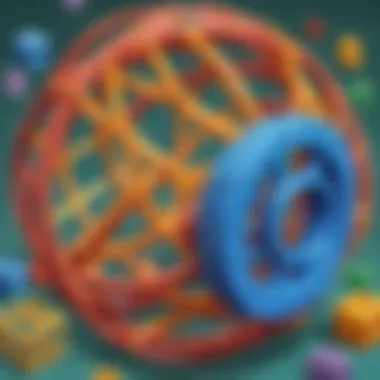
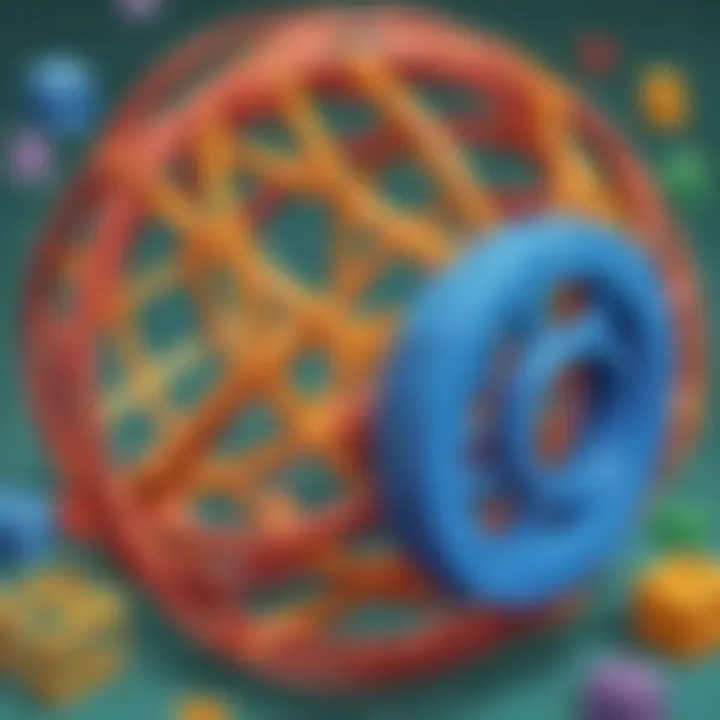
Creative Activities
Fun Quizzes
In addition to creative activities, fun quizzes can be a valuable tool in helping children explore and comprehend 3D math concepts. Quiz topics may range from identifying 3D shapes to solving spatial puzzles. By incorporating various question types such as multiple-choice, matching, and truefalse, quizzes can cater to different learning preferences and actively engage young minds. These quizzes not only test knowledge but also serve to reinforce learning by providing instant feedback and opportunities for self-assessment. Through a structured approach, quizzes can make the learning process interactive and enjoyable for elementary school children.
Fact-Based Articles
To provide a deeper understanding of 3D math, fact-based articles play a significant role in presenting complex concepts in a simplified and relatable manner. Covering a diverse range of topics including perspectives on dimensions, visualization techniques, and real-life applications, these articles aim to broaden children's knowledge in an accessible format. Engaging content is key, as articles should spark curiosity and encourage further exploration. Moreover, including additional resources such as links to related articles or external materials can enhance the learning experience by offering avenues for deeper investigation. By integrating engaging content with factual information, fact-based articles contribute to a comprehensive understanding of 3D math concepts for elementary school children.
Introduction to 3D Math
What is 3D Math?
At its core, 3D math deals with mathematical operations and concepts applied in three-dimensional space. It involves understanding spatial relationships, coordinates, distances, and measurements in a three-dimensional context. 3D math extends beyond traditional 2D representations by introducing depth, height, and volume into mathematical calculations. By working in a 3D environment, children can develop a holistic understanding of geometric structures and visualizations, allowing them to explore concepts like depth perception, angles, and spatial reasoning in a more comprehensive manner.
Importance of 3D Math
The significance of 3D math lies in its ability to enhance cognitive skills and abstract thinking in young learners. By introducing children to 3D math, educators can stimulate their spatial awareness, critical thinking, and problem-solving capabilities. Understanding 3D math opens the door to a world of opportunities where children can explore the complexities of shapes, volumes, and spatial configurations, laying a solid foundation for advanced mathematical learning. Moreover, 3D math fosters creativity and imagination, encouraging children to think outside the box and visualize mathematical concepts in a tangible and practical way. By grasping 3D math principles early on, children can develop a unique perspective on geometry and analytical thinking that will benefit them in various academic disciplines and real-world scenarios.
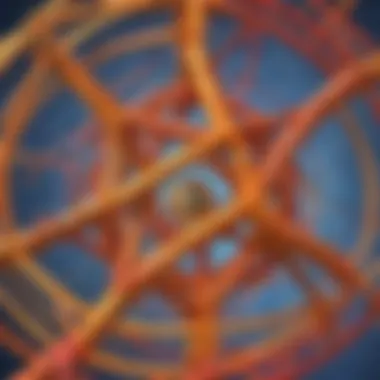

Real-World Applications
The real-world applications of 3D math are vast and pervasive, extending beyond the confines of the classroom into everyday life. From architecture and engineering to computer graphics and industrial design, 3D math plays a crucial role in shaping our modern world. By mastering 3D math concepts, children can gain a deeper understanding of spatial relationships, shapes, and structures, which are essential in fields like construction, robotics, and virtual reality. Moreover, 3D math skills are highly sought after in industries that require precise measurements, accurate modeling, and spatial analysis. By bridging the gap between theory and application, 3D math empowers children to navigate a technologically advanced landscape where mathematical proficiency is a valuable asset.
Basic Concepts of 3D Math
In this segment focusing on the Basic Concepts of 3D Math, we delve into the foundational principles that lay the groundwork for understanding the intricacies of three-dimensional geometry. It is imperative to grasp these fundamental concepts as they form the basis for more advanced topics in mathematics. By exploring the basic building blocks of 3D math, such as coordinates, shapes, and distances, young learners can develop a solid mathematical foundation that will serve them well in their educational journey. Understanding these core concepts not only enhances spatial reasoning skills but also cultivates critical thinking and problem-solving abilities in elementary school children.
Coordinates and Axes
Within the realm of 3D math, Coordinates and Axes play a vital role in defining the position of objects in three-dimensional space. Coordinates help establish a reference point for locating various points, lines, or shapes within a 3D plane. By comprehending how coordinates work along different axes (x, y, and z), children gain a deeper understanding of spatial relationships and how objects interact within a three-dimensional environment. This knowledge forms the bedrock for more complex geometric calculations and spatial reasoning tasks, making it an essential concept in the realm of 3D mathematics.
Distance and Measurement
In the context of 3D math, Distance and Measurement are crucial aspects that aid in quantifying the space between objects in a three-dimensional plane. Understanding how to measure distances accurately and calculate lengths, widths, and heights of various shapes enhances children's spatial awareness and mathematical acumen. By mastering distance and measurement in a 3D space, young learners can apply these skills to real-world scenarios, from calculating volumes of objects to understanding proportions and scaling of three-dimensional figures. This proficiency not only fosters mathematical competency but also encourages a systematic approach to problem-solving within the realm of 3D mathematics.
Shapes and Figures
Shapes and Figures form the heart of 3D math, encompassing a diverse range of geometric forms that exist in three-dimensional space. By exploring different shapes such as cubes, spheres, pyramids, and prisms, children develop a nuanced understanding of spatial geometry and the unique properties of each shape. Recognizing and distinguishing between various figures not only sharpens observational skills but also lays the foundation for advanced concepts like volume, surface area, and spatial transformations. By immersing themselves in the world of shapes and figures, elementary school children embark on a fascinating journey of discovery and exploration in the realm of 3D mathematics.
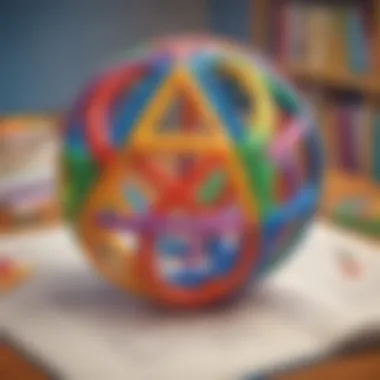
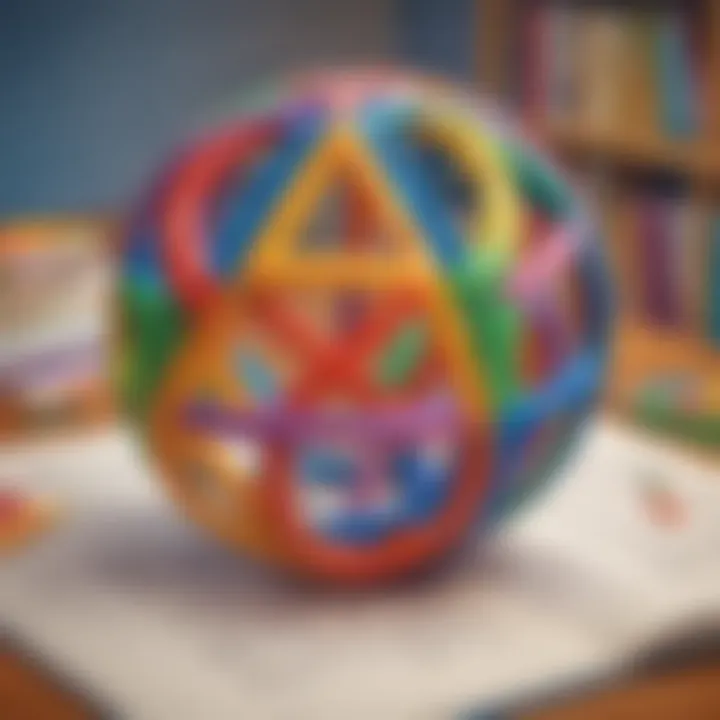
Exploring Geometry in 3D Space
In the realm of 3D math exploration, delving into geometry within a 3-dimensional space holds immense importance. By grasping the fundamental concept of geometric relationships in a 3D setting, young learners can enhance their spatial reasoning skills and develop a deeper understanding of the physical world around them. Understanding geometry in 3D space allows children to visualize and manipulate objects from various perspectives, fostering critical thinking and problem-solving abilities.
Geometric Principles
Geometric principles form the foundation of understanding shapes and structures in 3D space. By introducing basic concepts such as points, lines, and angles in a three-dimensional context, children can begin to comprehend the relationships between various geometric elements. Exploring geometric principles in 3D not only enhances visual-spatial awareness but also paves the way for more complex mathematical concepts in the future. Through concrete examples and hands-on activities, youngsters can experiment with geometric principles, empowering them to think mathematically and analytically in a 3D environment.
3D Shapes
The study of 3D shapes offers a hands-on approach to learning about spatial dimensions and object manipulation. By immersing themselves in the world of three-dimensional objects like spheres, cubes, and prisms, children can observe how different shapes interact and relate to one another in a 3D space. Exploring 3D shapes not only sharpens a child's observational skills but also introduces them to the concept of depth and volume. Through interactive demonstrations and comparison exercises, young learners can internalize the properties of 3D shapes, laying a solid foundation for advanced geometry and mathematical reasoning.
Volume and Surface Area
Understanding volume and surface area in 3D math provides children with a practical application of geometric concepts in real-life scenarios. By calculating the amount of space occupied by 3D objects and determining their outer coverings, youngsters can connect mathematical principles to everyday objects and structures. Exploring volume and surface area enhances a child's spatial visualization skills and fosters a deeper appreciation for the intricacies of shapes and measurements in a 3D context. Through hands-on activities and visual aids, children can actively engage with calculating volumes and surface areas, making learning 3D math both interactive and meaningful.
Challenges and Problem-Solving in 3D Math
In the dynamic world of 3D math, tackling challenges and engaging in problem-solving activities play a crucial role in enhancing cognitive development and critical thinking skills among elementary school children. By navigating through various hurdles and puzzles, young learners not only sharpen their logical reasoning but also cultivate resilience and perseverance in the face of complex mathematical problems. These challenges serve as mental exercises that stimulate analytical thinking and encourage students to explore alternative solutions, nurturing a growth mindset essential for academic success.
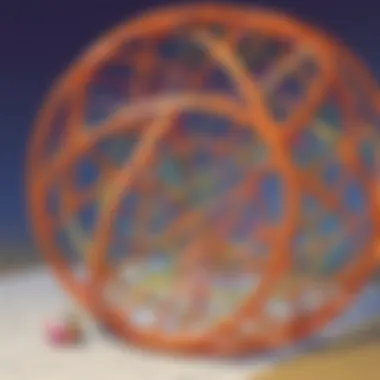
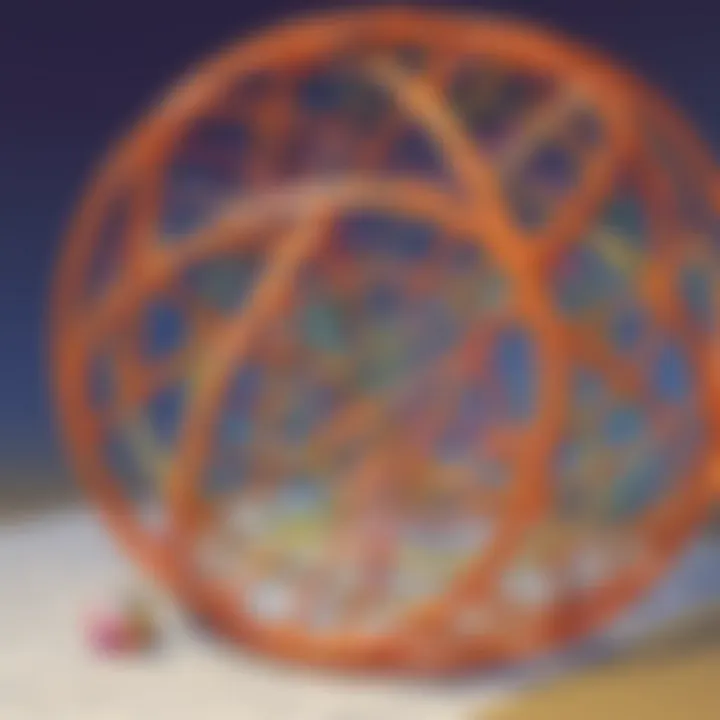
Visualization Techniques
Visualization techniques serve as potent tools in 3D math education, offering students a visual aid to comprehend abstract concepts and spatial relationships. Through visual representations like diagrams, models, and interactive simulations, young minds can grasp difficult 3D geometrical ideas with ease and clarity. By encouraging children to visualize geometric shapes and configurations in their minds, educators pave the way for enhanced understanding and retention of mathematical principles. Visual learning not only fosters creativity and imagination but also promotes a deeper connection to mathematical concepts, making learning a stimulating and engaging experience for elementary school students.
Spatial Reasoning
Spatial reasoning stands as a foundational pillar in the realm of 3D math, challenging students to think critically and logically about spatial relationships and orientation. By honing spatial reasoning skills, children can analyze and manipulate 3D objects in their minds, enhancing their capacity to solve intricate geometric problems effectively. The ability to mentally rotate, translate, and spatially manipulate shapes not only fosters a deeper understanding of geometry but also cultivates essential skills required in fields such as engineering, architecture, and design. By nurturing spatial reasoning abilities from an early age, educators empower young learners to approach complex mathematical challenges with confidence and dexterity.
Hands-On Activities
Engaging in hands-on activities is a cornerstone of effective 3D math education, providing students with immersive learning experiences that reinforce theoretical concepts through practical applications. By utilizing physical manipulatives such as blocks, models, or interactive software, children can explore 3D shapes, spatial relationships, and measurements in a tangible and experiential manner. Hands-on activities not only cater to diverse learning styles but also encourage collaborative problem-solving and creative exploration, fostering a holistic understanding of 3D math concepts. By encouraging active participation and manipulation of geometric objects, educators can instill a sense of curiosity and discovery in young mathematicians, igniting a passion for exploratory learning and mathematical discovery.
Interactive Learning Tools for 3D Math
In the realm of 3D math education for elementary school children, the utilization of interactive learning tools holds significant importance. These tools serve as invaluable resources in enhancing students' understanding of complex mathematical concepts in a stimulating and engaging manner. By incorporating interactive elements, such as virtual manipulatives, educational games, and online resources, children can actively participate in their learning process, fostering a deeper comprehension of 3D math principles.
Virtual Manipulatives play a crucial role in transforming abstract 3D concepts into tangible and interactive visuals. Through the use of digital platforms, students can manipulate virtual objects in a 3D space, gaining hands-on experience with geometric shapes, spatial relationships, and mathematical calculations. This hands-on approach not only enhances comprehension but also cultivates spatial reasoning skills essential for mastering 3D math concepts.
Educational Games offer a dynamic and immersive learning experience that captivates children's interest and motivation in exploring 3D math. By gamifying mathematical challenges and exercises, students can enjoy a practical application of geometric principles while having fun. Educational games promote active participation, critical thinking, and problem-solving skills, enabling students to learn and engage with 3D math concepts in a playful yet educational environment.
Online Resources serve as a vast repository of educational materials, tutorials, and interactive tools tailored to supplement 3D math learning. Accessible through digital platforms, online resources provide students with additional practice exercises, visual aids, and in-depth explanations to reinforce their understanding of 3D mathematical concepts. These resources expand the learning opportunities beyond the classroom, offering students a personalized and self-paced approach to mastering 3D math topics.
Conclusion
Embracing the World of 3D Math
As we conclude our visual journey into the wonders of 3D math tailored for elementary school children, it is evident that embracing this multidimensional realm is not only intellectually stimulating but also profoundly beneficial for cognitive development. By delving into the realms of 3D shapes, volumes, and spatial relationships, young minds are exposed to a rich tapestry of geometric knowledge that enhances their problem-solving abilities and analytical skills. As young learners embrace the world of 3D math, they embark on a path towards mathematical fluency and a deeper appreciation for the intricacies of our spatial world. Through hands-on activities, virtual manipulatives, and educational games, children can actively engage with 3D concepts, solidifying their mathematical understanding in a dynamic and interactive manner. Embracing 3D math opens doors to a world of discovery, fostering a love for learning and exploration that transcends the boundaries of traditional mathematics education.







